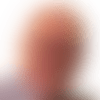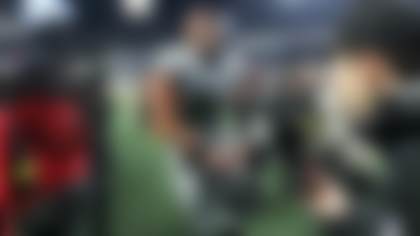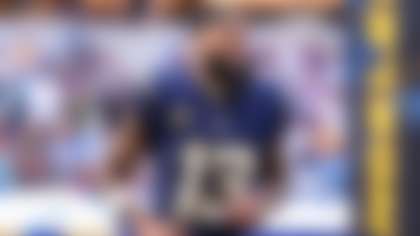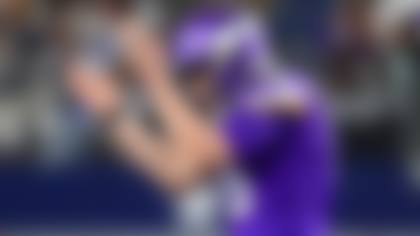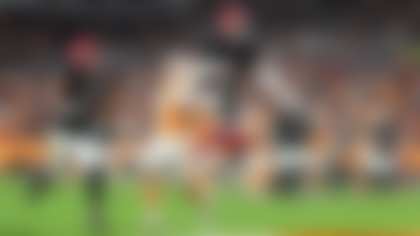How much is too much?
It's an oft-used expression that borders on cliché, but nonetheless proves true in many facets of life:
You get what you pay for.
The Washington Redskins certainly hope this saying is true after making a reported hand-shake deal with the St. Louis Rams that brings them the second overall selection in the 2012 NFL Draft. Once the deal is finalized on Tuesday, it is only a formality that they will select Baylor quarterback and 2011 Heisman Trophy winner Robert Griffin III.
The trade that rocked the NFL
The impact of the Rams- Redskins deal was felt around the league. Which teams and players does it most impact? Steve Wyche breaks it all down. **More ...**
Only the infamous (at least in the minds of Minnesota Vikings fans) October 1989 trade for running back Herschel Walker includes more high draft picks than will be swapped in this blockbuster. In exchange for Walker and four mid- to late-round selections, the Vikings sent the Dallas Cowboys five players and eight draft choices -- including three first-round picks and three second-round picks.
Another long-regretted trade by the aggressive party was New Orleans' moving of its entire 1999 draft class, plus first- and fourth-round picks in 2000, to the Redskins so they could select running back Ricky Williams with the fifth overall selection. Williams only lasted three seasons with the Saints, though he ran for more than 3,000 yards between 1999-2001 and stayed in Louisiana two seasons longer than the trade's mastermind, coach Mike Ditka.
No one would say Washington owner Daniel Snyder and coach Mike Shanahan matched the lunacy of the Vikings or Saints, but was the final sale price of this year's No. 2 overall draft pick too high?
Eight years ago, the New York Giants gave up first-round selections in 2004 and 2005, as well as picks in the third round in 2004 and fifth round in 2005 to acquire Eli Manning from San Diego. Via those new assets, the Chargers picked up quarterback Philip Rivers, linebacker Shawne Merriman, kicker Nate Kaeding, as well as veteran offensive tackle Roman Oben by trading the 2005 fifth-round pick to Tampa Bay.
Both teams consider themselves "winners" in that deal. San Diego general manager A.J. Smith wanted nothing to do with Manning after he balked at playing for the Chargers out of college, and got some talent despite not having great leverage due to the public nature of Smith's disagreement with the Manning family. The Giants, meanwhile, have won two Super Bowls with Manning at the helm.
But would the Giants still have won those Super Bowls with Rivers -- generally considered the second-rated QB prospect in the 2004 NFL Draft -- instead of moving up for Manning? They would have also kept their other selections, potentially adding more talent around Rivers or bolstering coach Tom Coughlin's tough-minded defense.
This is the same question the Redskins discussed before proposing this trade to the thankful Rams. Since Stanford quarterback Andrew Luck seems destined for Indianapolis, Washington needed to fix its quarterback situation by trading up for Griffin or selecting Texas A&M's Ryan Tannehill. None of the second- or third-round quarterback options in this year's draft are graded as surefire starters or really fit Shanahan's movement-based offense.
If the Redskins had selected Tannehill, they could have netted another potential starter in the second round, but this year's draft class is not considered exceptionally deep. Receivers Alshon Jeffery (South Carolina) and Reuben Randle (LSU) might have helped their new quarterback move the offense more efficiently in 2012, but neither is a lock to become a star. The team might have also considered filling other needs, such as selecting a guard like Wisconsin's Kevin Zeitler or a cornerback like Nebraska's Alfonzo Dennard.
Future picks are as difficult to forecast and analyze as they are for general managers to give away. It is always possible teams can move up or down to get a better prospect or more selections to build team depth. But for the sake of argument, I'll assume Washington would have used its 2013 and 2014 picks as they were assigned based on the team's record in those seasons.
Would Tannehill have led the team to a better record in 2012 than Grossman did in 2011? As well as 2011 No. 1 pick Cam Newton played as a rookie, he could only get Carolina from two wins to six in his first year. Cincinnati's Andy Dalton, however, helped his team make the playoffs at 9-7 after the team won four games in 2010.
Top 10 draft trades
Time will tell if the great Rams- Redskins deal of 2012 will be considered one of the greatest draft trades. For now, the 2004 Chargers- Giants swap is the greatest of all time. **More ...**
So assuming the Redskins were selecting in the middle of the first round of the 2013 draft, and would need to give Tannehill another year to mature, they would be picking from players with some potential but not can't-miss ability. Examples from this year's class would be cornerback Dre Kirkpatrick (Alabama) and receiver Michael Floyd (Notre Dame).
Projecting where the team would be in 2014 is a pointless exercise, but in few drafts are there more than a handful of true blue-chip players. So supposing the Redskins would be the recipient of a game-changer does not play the percentages.
In the end, it appears the Redskins viewed this trade as costing them three potentially good starters (say the 2012, 2013 and 2014 equivalents of Floyd, Dennard, and Stanford OT Jonathan Martin to help an offensive line that will need some help in the future) in exchange for upgrading their future starting quarterback from the promising Tannehill for the exceptional overall package of athleticism, intelligence, character and playmaking ability that Griffin has presented to scouts over the past six months.
It seems like a lot to give up, but even with the Redskins picking up good players in 3-4 linebackers Brian Orakpo and Ryan Kerrigan, left tackle Trent Williams, and potential starting defensive end Jarvis Jenkins over the past three drafts, the team still needed to find a quarterback to put the team over the top in the competitive NFC East.
So despite the high price tag for the Redskins to get "their guy" in Griffin, the move could prove worth the price.
Follow Chad Reuter on Twitter @ChadReuter.
